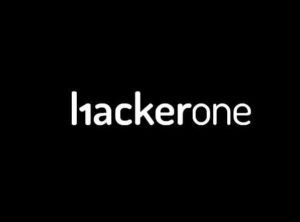CVE Alert: CVE-2025-11524 – Tenda – AC7
CVE-2025-11524
A flaw has been found in Tenda AC7 15.03.06.44. This issue affects some unknown processing of the file /goform/SetDDNSCfg. This manipulation of the argument ddnsEn causes stack-based buffer overflow. The attack can be initiated remotely. The exploit has been published and may be used.
AI Summary Analysis
Risk verdict
High risk with a remotely exploitable, public proof-of-concept available; urgency to patch or mitigate should be immediate.
Why this matters
Remote code execution on a consumer/SMB gateway can give an attacker full control of the device, enabling arbitrary actions, data exfiltration, or network pivot to other devices. In typical deployments, these devices sit at the network edge and can expose internal assets to the internet or misconfigure security controls if compromised.
Most likely attack path
The vulnerability enables a remote attacker to overflow a stack via an crafted SetDDNSCfg request, with no user interaction required and only low privilege needed on the device. If successful, attacker gains high-impact code execution on the device and can persist or leverage the device to access the LAN. The likelihood is exacerbated by the potential for repeated attempts across exposed devices and the availability of published exploits.
Who is most exposed
Homes and small offices using end-user routers with exposed management interfaces or DDNS features are most at risk, particularly older firmwares or devices lacking automatic updates.
Detection ideas
- Monitor for anomalous requests to /goform/SetDDNSCfg, especially unusual ddnsEn payloads.
- Look for repeated remote failed attempts targeting this endpoint.
- Watch for unexpected device reboots or crash indicators following specific traffic patterns.
- Correlate spikes in network traffic from affected devices with badge-like crash signals or log gaps.
Mitigation and prioritisation
- Apply vendor firmware patch as a priority; verify update success across affected devices.
- If patching is not feasible, disable remote management or restrict Admin UI access to trusted networks.
- Implement network segmentation and strict egress filtering for devices with DDNS features.
- Enable logging/monitoring for SetDDNSCfg activity and alert on suspicious payloads.
- Treat as priority 2–1 depending on EPSS or KEV confirmations; escalate to priority 1 if additional threat intelligence confirms high exploitability.
A considerable amount of time and effort goes into maintaining this website, creating backend automation and creating new features and content for you to make actionable intelligence decisions. Everyone that supports the site helps enable new functionality.
If you like the site, please support us on “Patreon” or “Buy Me A Coffee” using the buttons below
To keep up to date follow us on the below channels.



